Nationality English Role Architect | Occupation Architect Name Josiah Conder | |
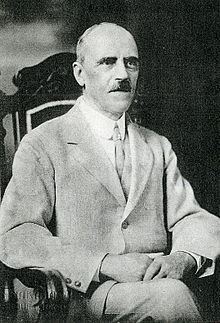 | ||
Born 28 September 1852 ( 1852-09-28 ) London, England Died June 21, 1920, Tokyo, Japan Awards Order of the Sacred Treasure Books The Flowers of Japan an, Japanese Gardens: An Illustra, The Theory of Japanese, The Floral Art of Japan: B | ||
Josiah Conder (28 September 1852 – 21 June 1920) was a British architect who worked as a foreign adviser to the government of Meiji period Japan.
Contents
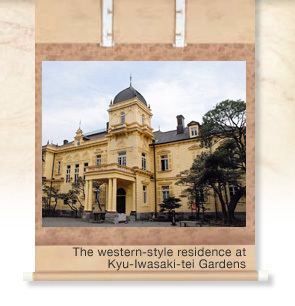
Conder designed numerous public buildings in Tokyo, including the Rokumeikan, which became a controversial symbol of Westernisation in the Meiji period. He educated many award-winning Japanese architects (notably Tatsuno Kingo and Katayama Tōkuma), earning him the nickname "father of Japanese modern architecture."

Early career
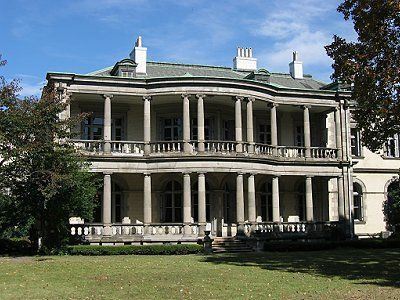
Conder was born in Brixton, Surrey, London to Josiah Conder, a banker, and his wife, Eliza. Conder was educated at Bedford Modern School. After studying at the South Kensington School of Art and graduating from the University of London, Conder worked for the Gothic Revival architect William Burges for two years. In 1876 he was awarded the Soane Medal.
Career in Japan
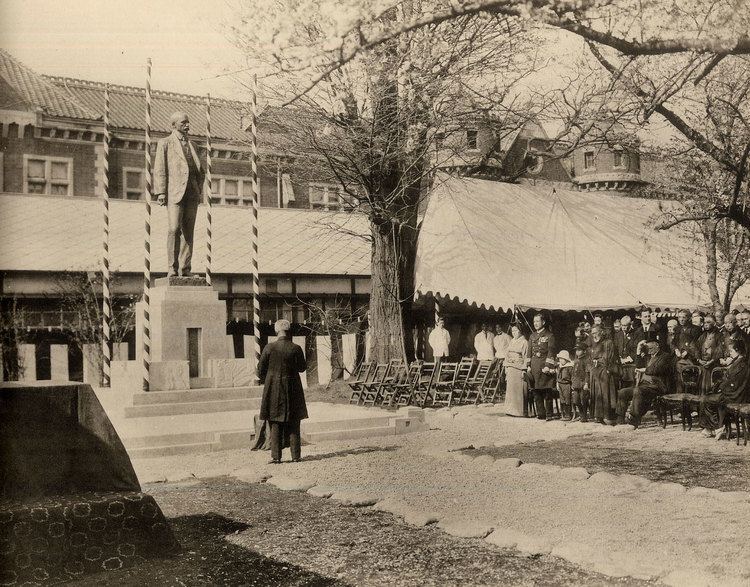
Recruited by the Japanese government to become Professor of Architecture at the Imperial College of Engineering, 24-year-old Conder arrived in Tokyo in January 1877 and quickly established a reputation as a dedicated and highly skilled teacher. His curriculum included not only extensive training in architectural practice but also drawing, technical draftsmanship, and architectural history and theory. Conder taught five of the most famous Meiji-era Japanese architects: Tatsuno Kingo, Katayama Tōkuma, Sone Tatsuzō, Satachi Shichijirō and Shimoda Kikutarō, who were among the first Japanese architects to build western-style buildings in Japan.
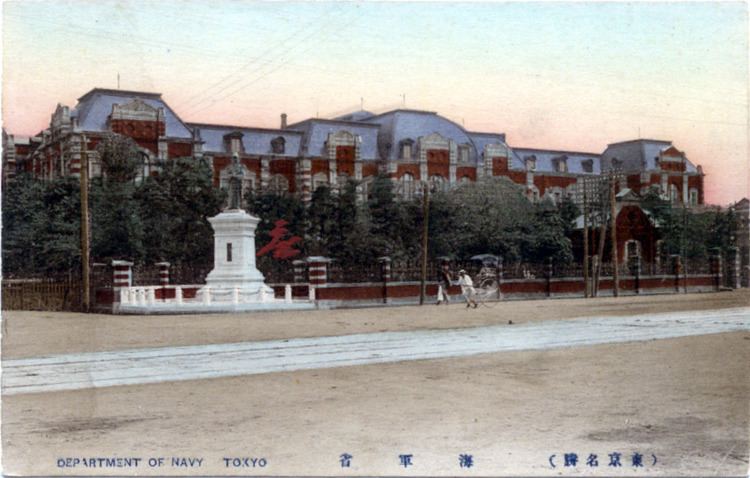
Conder was charged with transforming the Marunouchi area into a London-style business district by the Ministry of Industry on a five year contract. Despite residing in Japan, he kept up a professional affiliation with the Royal Institute of British Architects, becoming an Associate in 1874 and a Fellow in 1884. He became a part-time lecturer until he set up his own practice in 1888. Some of his former students set up the Architectural Institute of Japan and made Conder its first honorary president. He was awarded the Order of the Sacred Treasures (3rd class) in 1894.
Conder developed a keen interest in Japanese arts and after a long period of petitioning, was finally accepted to study painting with the artist Kawanabe Kyōsai. Kyōsai dubbed Conder Kyōei (暁英), incorporating the character ei (英) from the Japanese name for Britain. Conder also studied Enshu school ikebana. His studies led to a number of publications, among them "The Flowers of Japan and The Art of Floral Arrangement" (1891), "Landscape Gardening in Japan" (1893) and "Paintings and Studies by Kawanabe Kyosai" (1911). He wrote the first after a lecture at the Asiatic Society of Japan.
In 1915, the Tokyo Imperial University awarded Conder an honorary doctorate. He remained in Japan for the rest of his life. His grave is at the temple of Gokoku-ji in Bunkyo, Tokyo.
Notable buildings
Conder's architectural designs incorporated a wide variety of styles, including European and colonial elements. Although he designed over fifty buildings during his career in Japan, many no longer exist.
Notable buildings surviving today are the residence of Iwasaki Yanosuke, founder of the Mitsubishi group in Yushima (1896, now the Kyu-Iwasaki-tei Garden) and the Mitsui Club in Mita (1913).
